Kerala Nipah Virus Battle: A Recurring Health Crisis The Kerala Nipah virus outbreak has posed a recurring health crisis in the region. Despite the challenges, the authorities have been actively working towards containing the spread of this deadly virus. Their efforts are crucial in safeguarding the well-being of the community and ensuring a swift resolution to this ongoing health emergency. As Kerala continues to deal with the Kerala Nipah virus outbreak in September 2024, the state faces a reoccurring threat, as this is the sixth outbreak since 2018. The virus, which originates in bats, has sparked worldwide worry because of its high mortality rate and zoonotic nature, making it a major public health threat.
The Current Outbreak: A Look at the Facts
On September 9, 2024, a 24-year-old Malappuram student died from the Kerala Nipah virus. He’d just returned from Bengaluru, where he sought treatment for a leg ailment. He visited several hospitals during his sickness, and eventually, symptoms similar to Nipah led to a swab test, which proved his infection postmortem. The National Institute of Virology in Pune reaffirmed these findings. The Kerala health department responded promptly to this situation.
To slow the spread, the local administration has isolated high-risk contacts, implemented containment measures in afflicted regions, and made mask use mandatory. Malappuram’s district administration has established containment zones and is keeping track of 175 people in the deceased’s contact chain, including 74 healthcare staff. This outbreak is especially concerning because Kerala’s Nipah outbreaks have traditionally claimed many lives, with Kozhikode and Malappuram being recurrent hotspots.
Understanding the Kerala Nipah Virus: Transmission and Symptoms
The Kerala Nipah virus is largely zoonotic, which means it transmits from animals, particularly fruit bats and infected pigs, to people. Direct contact with infected animals, intake of contaminated food, or person-to-person contact are all potential modes of transmission. Initially, the virus causes symptoms such as fever, headache, cough, sore throat, and vomiting. However, in severe cases, the infection can induce neurological consequences such as encephalitis, convulsions, and coma, which often result in death. The death rate varies, although it is typically significant, ranging from 40% to 75%, depending on the success of treatment and early identification.
History of Kerala Nipah Virus Outbreaks
Kerala’s struggle with Nipah began in 2018 when the virus killed 17 people in Kozhikode. Since then, the state has experienced recurrent outbreaks, the most recent happening in 2021 and 2023. Each epidemic has elicited immediate government response, but the repeating frequency of these outbreaks implies a need for further in-depth research into the virus’s transmission patterns and enhanced preventive measures.
Epidemiologists believe that Kerala’s monsoon season may be contributing to these repeating outbreaks, as the humid atmosphere promotes virus propagation. Furthermore, the presence of fruit bats, which are confirmed Nipah carriers, complicates the situation.
The Government’s Response: Containment and Control Measures
The Kerala government has always implemented strong containment measures during Nipah epidemics. This entails establishing containment zones, quarantining contacts, and performing intensive contact tracing. During the current outbreak, authorities have restricted social gatherings and mandated mask-wearing in vulnerable districts.
Health Minister Veena George added, “We are keeping track of high-risk relationships and guaranteeing careful surveillance. The problem is under control, but we are working tirelessly to stop the spread.”
Medical professionals underline the importance of early detection and strict infection control in preventing the spread of Nipah. However, some data imply that private hospitals may delay flagging suspected instances, which complicates early management. Kerala’s health department has stressed the need for medical practitioners to be more alert of Nipah symptoms and report them as soon as possible.
Global Concerns and the Need for Research
Nipah has been designated an emergency infection by the World Health Organization ( WHO ) due to its pandemic potential. Considering this, study into vaccines and therapies is limited. The present outbreak highlights the importance of working together to develop effective preventative measures, such as vaccinations and antiviral medicines, to avoid future outbreaks.
Experts are also calling for more investigation into the environmental & biological factors that contribute to the reoccurring Nipah epidemics in the state of Kerala. Understanding bat behavior, seasonal cycles, and how humans interact with animals can help develop more effective preventative techniques.
Prevention: What Can Be Done?
Preventing Nipah epidemics requires an amalgam of safety measures, public education, and scientific study. Public health officials need to keep focus on:
Initial identification and disclosure: Encouraging healthcare personnel to report suspicious cases as early as possible.
Public Education Campaigns: Educating the people about the dangers of Nipah and preventative actions, such as not eating fruits that have been infected by bats.
Strengthening monitoring: Improving animal monitoring, notably bats, to track the virus’s existence and prevent it from spreading to humans.
Research and Development: Investing in research to develop vaccines and treatments for the Kerala Nipah virus.
Conclusion
Kerala’s ongoing battle with the Nipah virus emphasizes the crucial necessity for a multifaceted approach to managing and mitigating future outbreaks. While the state health agency has been quick to develop measures to contain it, this virus’s high death rate and recurrent behavior make it a constant concern. By concentrating on early identification, outreach to communities, and study findings, the state of Kerala will be more ready for future epidemics and safeguard its citizens from this deadly illness.
With Nipah being designated as an extremely high-priority infectious agent, efforts to produce immunizations and antiviral medicines must be hurried to avoid losing more lives to this devastating virus.

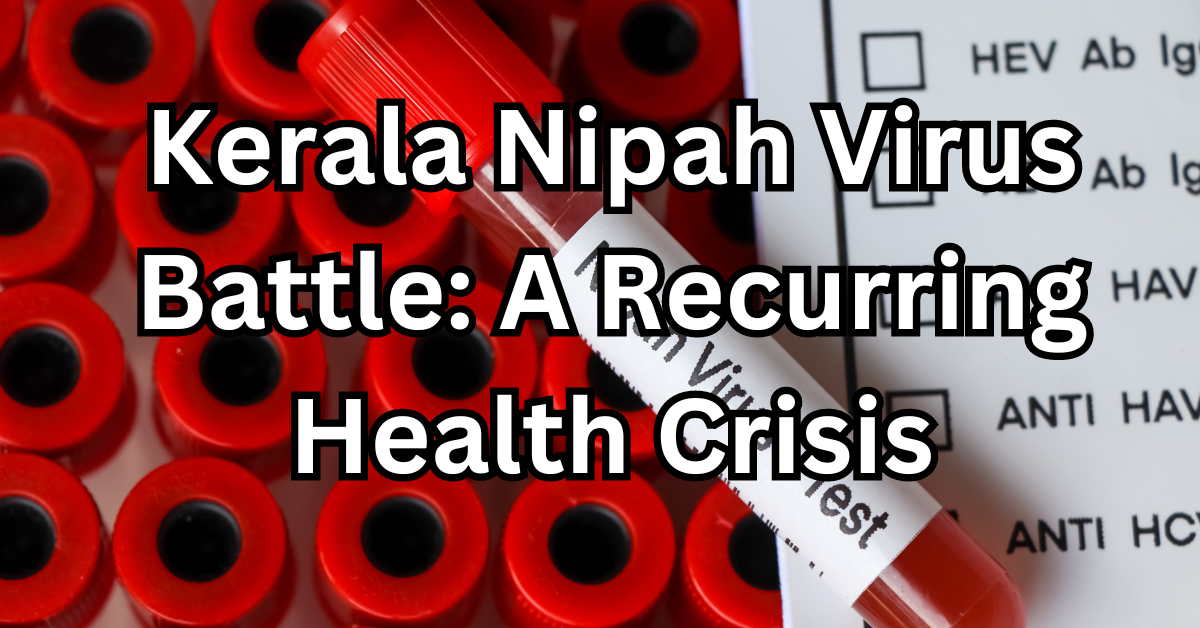
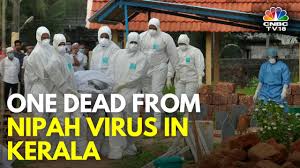
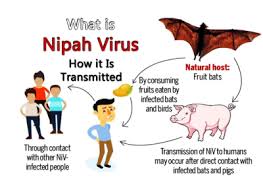
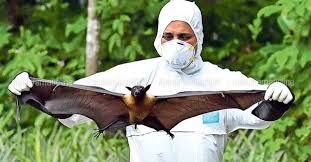
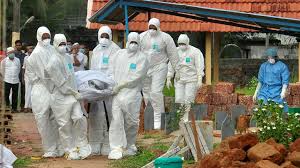



Hey there! Do you know if they make any plugins
to help with Search Engine Optimization? I’m trying to get my website to rank for some targeted keywords but I’m not seeing very good success.
If you know of any please share. Appreciate it!
I saw similar blog here: Eco bij
I would suggest go for rank math plugin, and keep patience it will take time for website to rank make sure you make your content around 2500-3000 words